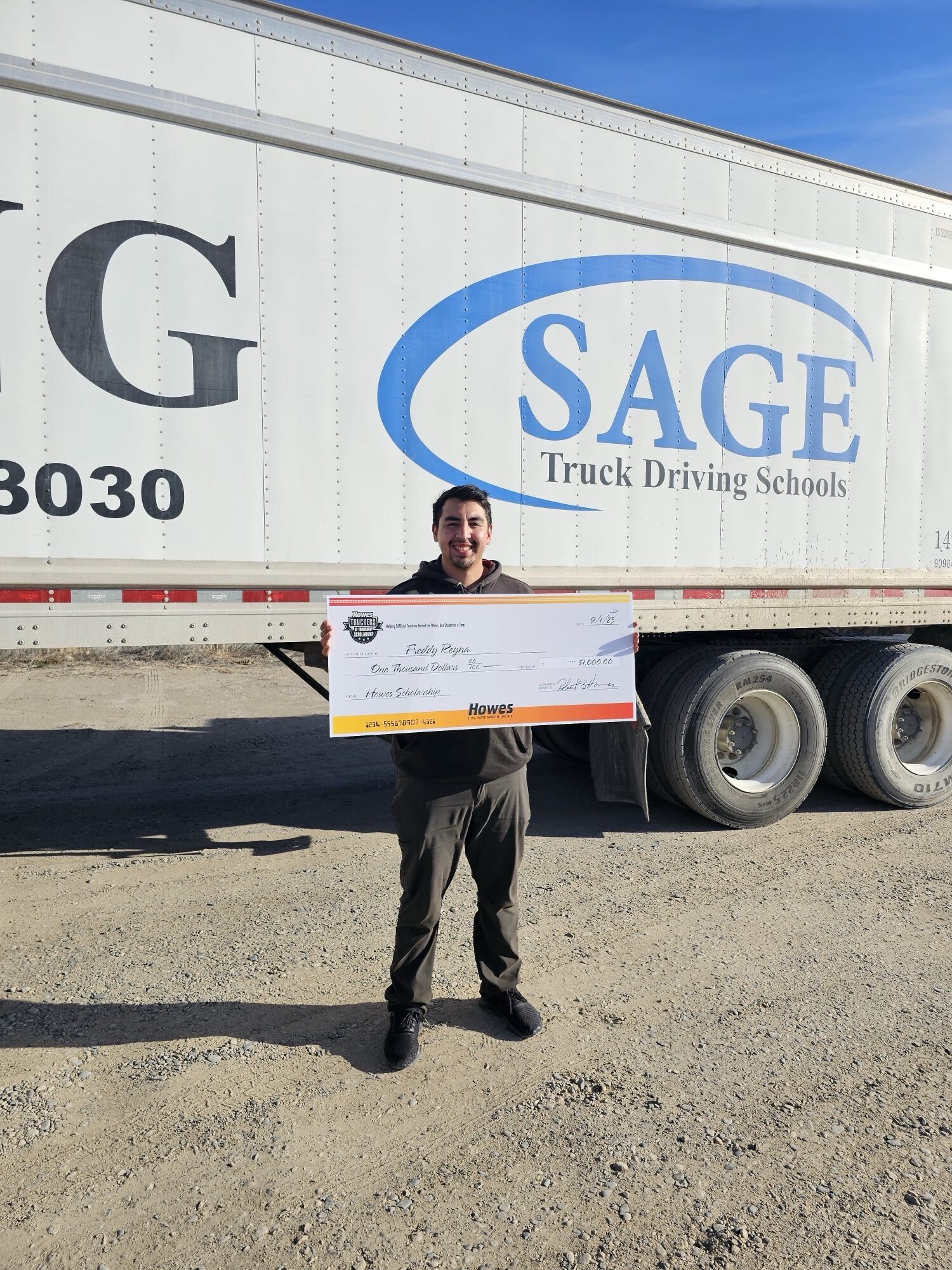
CDL Career Opportunities: Choosing What Works for You
So, you’ve finished your training and are now a proud CDL Class A driver. You aren’t beholden to any specific company. You are a free agent! Have you thought about what opportunities exist out there, and which one might be best for you? There are multiple job options to choose from within trucking. And if you ever get tired of one trucking job, it’s nice to know your skills can be applied to another! Let’s take a look at your options and see which one is best for you!
Tractor Trailer Driver:
Driving a tractor-trailer is a great place to start your career. Since it has the least requirements to get started it is perfect for getting experience on the road. Tractor trailer drivers can drive both long and short distances. There are options to work locally and be home every night or to drive over the road (OTR), which will have you driving across the US.
Here are some basic things you can expect as a Class A Tractor Trailer Driver:
- Delivering goods on a set schedule
- Communication with a company dispatcher
- Pre-Trip and Post Trip inspections
- Keeping a log of your activities
- Keeping your truck and equipment in good working order
Most tractor-trailer drivers plan their own routes and are responsible for setting aside their legally required rest periods. Some drivers eventually buy or lease their own trucks and become owner/operators of their own businesses. Tractor trailer driver jobs are expected to grow over the next several years. The average salary is between $45,000 and $55,000 a year, with local jobs typically being paid by the hour and long distance jobs paid by the mile.
Tanker Truck Driver:
Driving a tanker truck requires more qualifications than driving a dry van truck. Drivers that are transporting fuel will need a hazardous materials endorsement. This cargo is highly regulated and therefore comes with greater responsibility. These drivers typically earn a higher salary, on average between $50,000 and $60,000.
Here are some basic things you can expect as a Tanker Truck Driver:
- Visit well sites and use a hose to fill their truck, and then transport the liquid cargo to disposal sites
- Keep precise records
- Accurately read gauges and carefully record levels
- Avoid leaks and ensure all equipment is working properly
Livestock Truck Diver:
When driving for livestock carriers, it’s a definite advantage, if not a requirement to be knowledgeable in the handling and care of the animals you are transporting. The most important thing is to make sure the animals arrive at the destination healthy and safe. Due to the extra responsibility and education needed, these drivers are often paid more than other truck drivers.
Here are some basic things you can expect as a Livestock Truck Driver:
- More time is spent outdoors loading and unloading animals
- Driving is often done on rural roads
- Extreme caution must be used to ensure the safety of the animals
- They work closely with ranchers and the livestock industry. It is important to remember these animals are their livelihood. Always act in a safe, courteous, and professional manner.
- It is important to stay on top of all rules and regulations
Flatbed Truck Driver:
Flatbed trucks are used to carry things that cannot fit into a trailer due to size, shape or weight. Due to the difficult nature of the cargo, these drivers are among some of the highest paid. Salaries on average are from $65,000 and up. These trucks also face the heaviest Department of Transportation regulations.
Here are some basic things you can expect as a Flatbed truck driver:
- You must be able to balance heavy loads in all weather conditions
- Also, you will likely have to do some heavy lifting and tarp management to cover your cargo in inclement weather
- Must be very organized and highly familiar with the rules and regulations that apply to flatbed driving.
The one thing all of these driving jobs have in common is the high demand. This is only forecasted to grow even more over the coming years.
Getting your CDL from SAGE will put you in a good position for choosing the best job for you. Since we are not affiliated with any one company or carrier, you are free to “shop around” and find the best option for you and your family.
1. What specific training or certifications are required for each type of truck driving job mentioned?
- Tractor Trailer Driver: Requires a Commercial Driver’s License (CDL) Class A. No additional special endorsements are mentioned for basic operations, but hauling certain types of cargo (like hazardous materials) would require additional endorsements.
- Tanker Truck Driver: In addition to a CDL Class A, drivers need a Tank Vehicle endorsement (N) to legally haul liquids in large quantities. If transporting hazardous materials, a Hazardous Materials endorsement (H or X) is also required.
- Livestock Truck Driver: A CDL Class A is necessary, but drivers may benefit from additional training or certifications related to animal welfare and handling, although specific endorsements are not mentioned. Experience or training in agricultural practices could be advantageous.
- Flatbed Truck Driver: A CDL Class A is required. Due to the nature of the cargo, drivers might need specialized training in load securing, tarping, and safety procedures for oversized loads. No specific endorsements are mentioned, but a thorough understanding of Department of Transportation (DOT) regulations is crucial.
2. How do the lifestyles and work-life balance compare among the different truck driving jobs?
- Tractor Trailer Driver: Offers flexibility in work schedules, with local routes allowing drivers to be home nightly and long-haul routes requiring extended periods away from home.
- Tanker Truck Driver: Depending on the routes, tanker drivers might spend nights away from home, especially if hauling over long distances. The schedule can vary greatly based on the company and type of liquid being transported.
- Livestock Truck Driver: This role might require more irregular hours, given the need to care for animals during transport. Drivers may spend extended periods on the road, especially when delivering to distant locations.
- Flatbed Truck Driver: Often involves long-haul routes that require being away from home for days or weeks. The job may demand physical work in terms of securing and protecting the load under various weather conditions.
3. What are the progression opportunities and career paths within each truck driving option?
- Tractor Trailer Driver: Drivers can progress to become owner-operators, managing their own businesses. Opportunities may also exist to move into training roles, supervisory positions, or specialize in specific types of cargo.
- Tanker Truck Driver: With experience, a tanker driver might advance to supervisory roles or become a safety compliance officer for tanker operations. Specializing in different types of liquids can also lead to higher-paying opportunities.
- Livestock Truck Driver: Drivers with extensive experience in handling and transporting livestock might progress to roles in logistics planning within the agricultural sector or move into management positions within livestock transportation companies.
- Flatbed Truck Driver: Experienced drivers can become owner-operators, take on roles in logistics and planning for oversized loads, or move into training and safety compliance positions focused on flatbed operations.
Disclaimer: The information in this article is based on the data available as of its writing and is meant to inform and guide prospective CDL trainees. For the most current information and specifics about CDL training programs, please contact SAGE Truck Driving Schools directly.
Please fill out the information below and our team will reach out to chat about your options.


